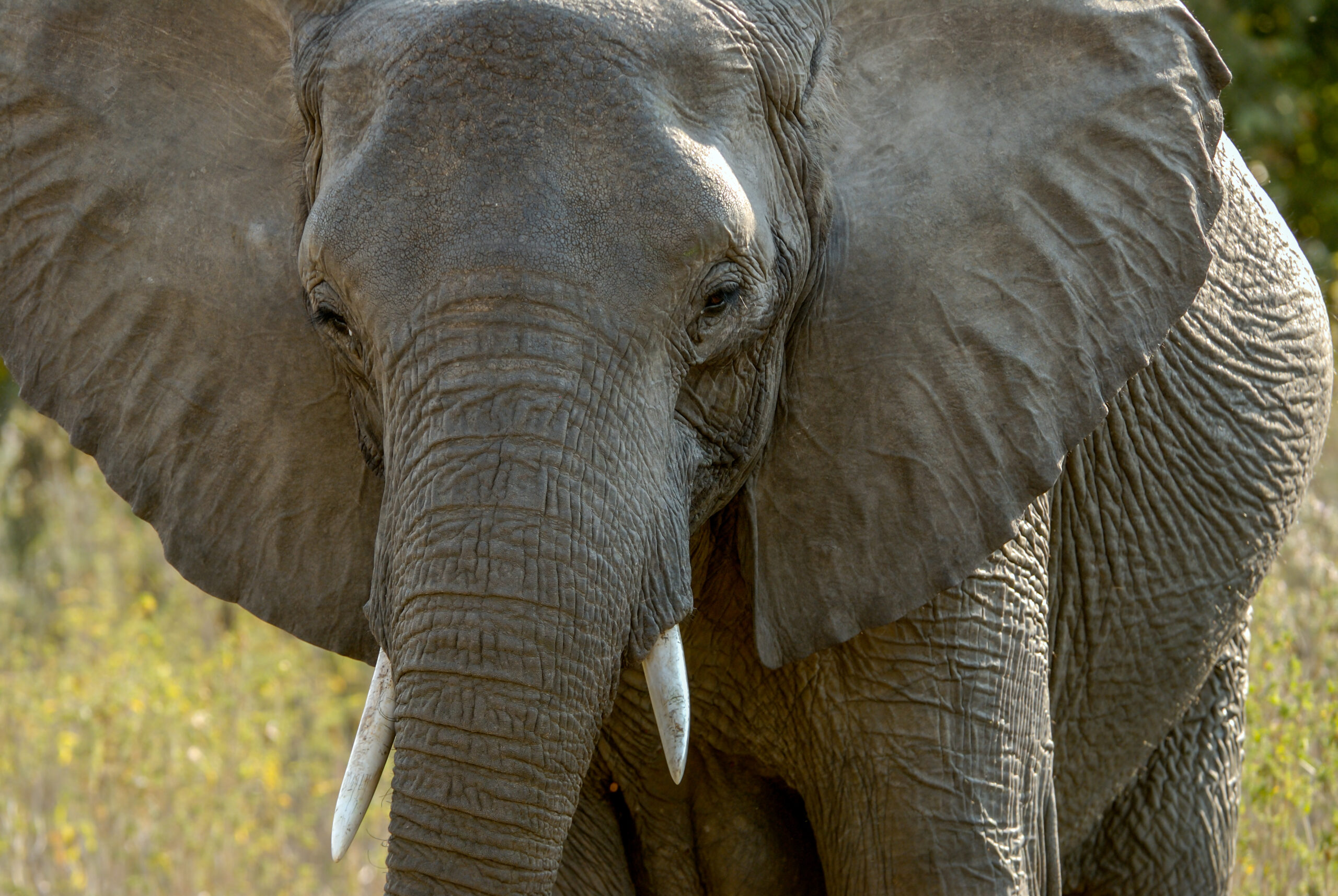Exploring Mexico’s Rich Cultural Heritage
Mexico is a nation steeped in history and culture, offering a rich tapestry that weaves together ancient civilizations, colonial influences, and modern-day traditions. From the awe-inspiring pyramids of Teotihuacan to the vibrant streets of Mexico City, the cultural richness of Mexico is both vast and varied. The country is home to numerous UNESCO World Heritage Sites, each telling a unique story of Mexico’s past.
The ancient Mayan and Aztec civilizations have left an indelible mark on Mexican culture. Their architectural feats, such as the Chichen Itza and the Templo Mayor, continue to draw millions of visitors each year. These sites offer a glimpse into the sophisticated societal structures and astronomical knowledge of these ancient peoples. Additionally, the Day of the Dead festival, with its roots in pre-Hispanic traditions, showcases Mexico’s unique approach to honoring the deceased, blending indigenous beliefs with Catholic practices.
Mexico’s colonial history is equally significant, with Spanish architecture and customs integrated into the local culture. Cities like Guanajuato and San Miguel de Allende are renowned for their well-preserved colonial buildings and vibrant arts scenes. The influence of Spanish colonization is evident in the country’s language, religion, and cuisine, creating a unique fusion that defines modern Mexican identity.
In contemporary times, Mexico continues to be a cultural powerhouse, producing world-renowned artists, musicians, and filmmakers. The works of artists like Frida Kahlo and Diego Rivera have achieved global acclaim, while Mexican cinema has gained international recognition through filmmakers such as Alfonso Cuarón and Guillermo del Toro. This cultural dynamism ensures that Mexico remains a vibrant and influential nation on the global stage.
Natural Wonders and Biodiversity
Mexico’s natural landscape is as diverse as its culture, boasting a wide array of ecosystems and breathtaking natural wonders. The country’s geographical diversity ranges from arid deserts in the north to lush rainforests in the south, providing habitats for a rich variety of flora and fauna. This biodiversity makes Mexico one of the most biologically diverse countries in the world.
One of the highlights of Mexico’s natural beauty is its coastline, which stretches over 9,000 kilometers along the Pacific Ocean, the Gulf of Mexico, and the Caribbean Sea. The beaches of Cancun and Tulum are famous for their turquoise waters and white sands, attracting tourists from around the globe. Meanwhile, the Sea of Cortez, often referred to as “the world’s aquarium,” is home to an incredible array of marine life, including whales, dolphins, and sea turtles.
Inland, Mexico’s landscapes offer equally stunning vistas. The Copper Canyon, a series of six distinct canyons in the Sierra Madre Occidental, is larger and deeper than the Grand Canyon, offering breathtaking views and opportunities for adventure tourism. Additionally, the Monarch Butterfly Biosphere Reserve provides a unique spectacle each year as millions of monarch butterflies migrate to the area, creating a mesmerizing natural display.
Mexico’s commitment to conservation is evident in its numerous national parks and protected areas, which aim to preserve the country’s natural heritage for future generations. These efforts are crucial in maintaining biodiversity and ensuring that the natural wonders of Mexico continue to inspire and captivate visitors.
Culinary Delights: A Taste of Mexico
Mexican cuisine is renowned worldwide for its bold flavors and vibrant ingredients, offering a culinary experience that is both diverse and deeply rooted in tradition. The country’s food culture is a reflection of its history, with indigenous ingredients and cooking techniques blending seamlessly with Spanish influences to create a unique gastronomic identity.
Staple ingredients such as corn, beans, and chili peppers form the foundation of Mexican cuisine, appearing in a wide variety of dishes. Tacos, perhaps the most iconic Mexican dish, come in countless variations, each region offering its own twist on the classic. From the spicy al pastor tacos of Mexico City to the fish tacos of Baja California, the diversity of flavors is endless.
Mexican cuisine is also famed for its rich use of spices and herbs, which add depth and complexity to dishes. Mole, a complex sauce made from a blend of chili peppers, chocolate, and spices, is a perfect example of this culinary artistry. Each region of Mexico has its own version of mole, with the city of Oaxaca being particularly famous for its seven distinct varieties.
In addition to traditional dishes, Mexico is home to a thriving street food culture, where vendors offer an array of delicious snacks and meals. From tamales and elotes to churros and paletas, the street food scene provides an authentic taste of Mexican life, allowing visitors to experience the country’s culinary delights in a casual and vibrant setting.
The influence of Mexican cuisine extends far beyond its borders, with Mexican restaurants and flavors found in almost every corner of the globe. This global reach is a testament to the universal appeal of Mexican food, which continues to delight and inspire food lovers everywhere.
Economic Landscape and Challenges
Mexico boasts a diverse and dynamic economy, ranking as one of the largest in Latin America. The country’s economic landscape is marked by a blend of traditional industries and modern sectors, contributing to its status as a key player in the global market. However, Mexico faces several challenges that impact its economic growth and development.
The manufacturing sector is a vital component of Mexico’s economy, with the country being a major hub for automotive production, electronics, and textiles. The maquiladora industry, which involves manufacturing operations in free trade zones, has been instrumental in boosting exports and creating jobs. Additionally, Mexico’s strategic location, with access to both the Pacific and Atlantic Oceans, facilitates international trade and positions the country as a crucial link in global supply chains.
Despite these strengths, Mexico’s economy faces significant challenges. Income inequality remains a pressing issue, with a substantial portion of the population living in poverty. This economic disparity is further exacerbated by regional inequalities, with wealth and opportunities concentrated in urban areas while rural communities often struggle with limited access to resources and services.
Corruption and crime also pose significant obstacles to economic development. These issues undermine investor confidence, hinder business operations, and deter foreign investment. Additionally, the informal economy, which accounts for a significant portion of employment in Mexico, presents challenges in terms of tax collection and regulation.
To address these challenges, Mexico is implementing various reforms aimed at fostering economic growth and improving living standards. Initiatives focused on education, infrastructure, and social programs aim to reduce inequality and create a more inclusive economy. By addressing these issues, Mexico seeks to unlock its full economic potential and ensure a prosperous future for its citizens.
The Vibrant Spirit of Mexican Festivals
Mexican festivals are a vibrant celebration of the country’s rich cultural heritage, offering a colorful and lively glimpse into the traditions and customs that define Mexican life. These festivals, which take place throughout the year, are an integral part of the social fabric, bringing communities together to celebrate and honor their shared history and identity.
One of the most famous Mexican festivals is the Day of the Dead, or Día de los Muertos, a unique celebration that honors deceased loved ones. This festival is characterized by elaborate altars, or ofrendas, decorated with marigolds, sugar skulls, and favorite foods of the departed. Families gather in cemeteries to remember and celebrate the lives of those who have passed, creating a joyful and poignant atmosphere that reflects Mexico’s unique approach to death and remembrance.
Another significant festival is the Guelaguetza, held in Oaxaca. This celebration of indigenous culture features traditional music, dance, and costumes, showcasing the diversity and richness of Mexico’s indigenous heritage. The Guelaguetza is a testament to the enduring importance of indigenous traditions in Mexican society and offers visitors a chance to experience the vibrant culture of Oaxaca firsthand.
In addition to these traditional festivals, Mexico is home to a thriving contemporary arts scene, with events such as the Guadalajara International Film Festival and the Cervantino Festival in Guanajuato attracting international attention. These festivals highlight Mexico’s cultural dynamism and its ability to blend tradition with modernity, creating a unique and exciting cultural landscape.
Mexican festivals are more than just celebrations; they are a reflection of the country’s identity and a testament to the enduring spirit of its people. Through these vibrant events, Mexico continues to captivate and inspire, inviting visitors to experience the warmth and hospitality that define this remarkable nation.





